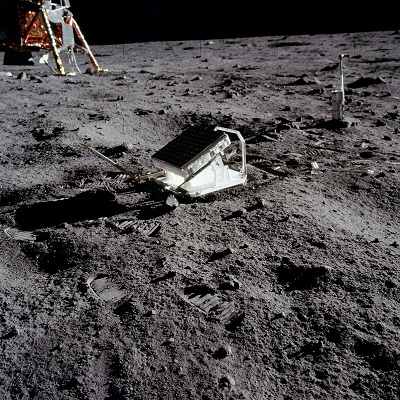The day may be 24 hours long now, but that hasn’t always been the case. Nor will it be the case in the far future. The Earth’s rotation is slowing under the gravitational influence of the Moon. Billions of years ago, the day was just 18 hours long.
The Moon and the Earth tug on each other with their respective gravity. However, because the strength of gravity depends on distance, the Moon pulls strongest on the side of the Earth closest to it. This causes a ‘tidal bulge’ on the nearside of the Earth in a direct line between the two.
As the Earth spins, it tries to carry the tidal bulge along with it. However, the Moon’s gravitational pull tries to wrench the bulge back into place, in a direct line between it and the Earth. This tugging acts as a brake and slows down the Earth’s rotation.
Moving Moon
Earth’s slowing isn’t without consequence for the Moon, however. In physics, a property called angular momentum has to be conserved within a system. The effect of this is that, as the Earth loses angular momentum by slowing, the Moon acquires additional angular momentum. This boosts the Moon’s orbit, moving it away from the Earth by around 3.8 centimetres per year. This recession can be accurately measured by bouncing laser beams off a series of mirrors left on the lunar surface by visiting astronauts. Every year, the laser beams take a little longer to come back.
This slowing and receding effect – known as tidal acceleration – will continue until the rotation period of the Earth matches the time it takes for the Moon to complete an orbit. This is set to occur when the Moon is around 1.3 times further from Earth than it is now and the Earth spins once in the equivalent of 47 current Earth days. However, the death of the Sun in around 5 billion years is likely to prevent things reaching this stage.
As the Earth’s rotation period is variable, it is no longer a suitable timekeeper. In fact, additional seconds – called leap seconds – are occasionally added and subtracted from our clocks so that they match the Earth’s rotation. The second was once defined as a fraction of the Earth’s rotation period, but the definition was changed in 1967 and is now based on radiation produced by caesium atoms.
